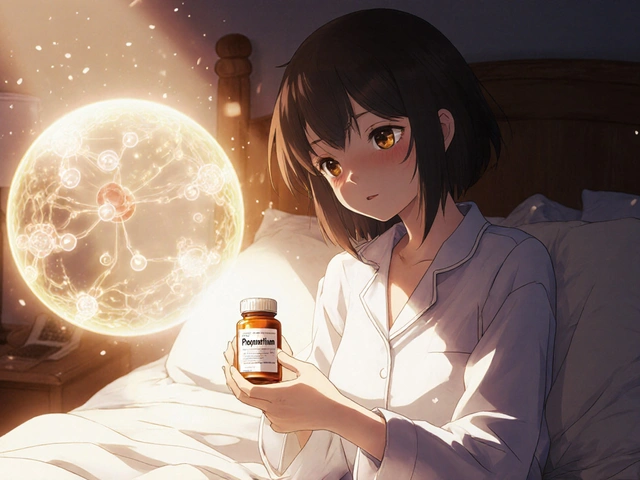Tretinoin prescription: how to get it, use it, and avoid mistakes
Tretinoin is a prescription-strength topical retinoid used for acne, sun damage, and fine lines. If you think tretinoin could help, here's what to expect when getting a prescription and how to use it safely.
First, see a clinician. A dermatologist or primary care doctor can confirm diagnosis, pick the right strength (usually 0.025%, 0.05%, or 0.1%), and advise a start-up plan. Many clinics now offer telehealth visits that let you show photos and get a prescription if appropriate. Be honest about skin type, pregnancy plans, and other meds — tretinoin can interact with certain treatments and is unsafe during pregnancy.
What to expect from a prescription
Your provider will discuss peeling, dryness, and sun sensitivity. Expect an initial flare-up in the first 2–6 weeks as your skin adjusts. Most people start with every-other-night application and a low strength to reduce irritation. Use a pea-sized amount for the whole face and apply to clean, dry skin. Avoid mixing tretinoin with harsh acids or benzoyl peroxide at the same time — space them out or follow your doctor's plan.
Sun protection is non-negotiable. Tretinoin thins the outer dead-skin layer then speeds cell turnover, which makes UV damage more likely. Apply a broad-spectrum sunscreen SPF 30+ every morning and reapply if you’re outdoors.
Buying and alternatives
If you prefer online options, choose a licensed pharmacy and a prescriber you can contact. Be cautious of sites that sell tretinoin without a prescription — products may be counterfeit, too strong, or contaminated. For milder needs, over-the-counter retinol or adapalene 0.1% gel (a weaker retinoid available OTC) can be a gentler start.
Cost and insurance: tretinoin is often covered if prescribed for medical acne; cosmetic uses might not be. Generic tretinoin is affordable, but prices vary. Ask your pharmacist about generics and patient coupons. If irritation forces a break, use a gentle moisturizer and consider alternate-night use until skin calms.
Practical tips that help: wash with a mild cleanser, pat skin dry and wait 10–20 minutes before applying tretinoin to reduce stinging; layer moisturizer after tretinoin or use the 'sandwich' method (moisturizer — tretinoin — moisturizer) if you’re very sensitive; skip other active treatments like chemical peels while using tretinoin frequently.
When to call your doctor: severe blistering, intense swelling, or signs of infection require prompt attention. Mild redness and flaking are normal early on but should improve. Pregnant or breastfeeding? Don't use tretinoin — tell your provider and ask for alternatives.
Follow up after six to twelve weeks so your provider can adjust strength or frequency. Many people see clearer skin after three months. If dryness persists, your doctor may prescribe a lower strength or recommend hydrating ingredients like niacinamide or ceramides to support the barrier without stopping tretinoin.
Want specific product help? Bring photos of your skin and a list of current products to your appointment. A short clinic visit can save months of guesswork and reduce the chance of irritation or harm.

Best Ways to Buy Tretinoin Cream Online Safely: A Complete Guide
Get real tips and facts on how to buy tretinoin cream online, where to find safe pharmacies, what to avoid, and how to make the process smooth.
Detail




